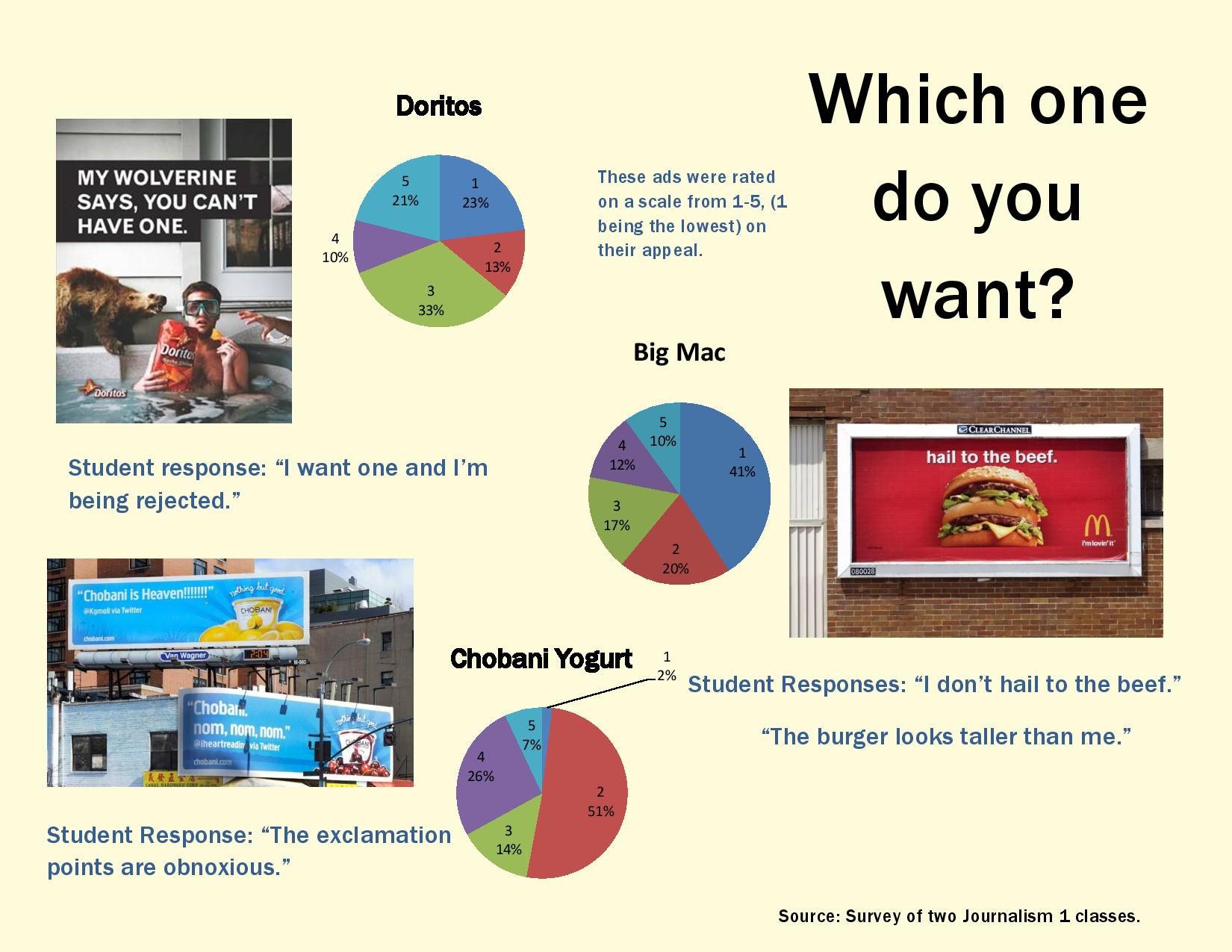Teachers offer closer look at student suspensions
Eleven students have been suspended so far this school year.
This is not abnormal for the beginning of the school years, however student suspensions overall have actually decreased over the past four years, according to the Davis Joint Unified School District website.
Michael Lamb, in charge of the Alternative Classroom Placement class at Davis High, said five of the students are white and six are Latino. They all were given in-school suspension, spending the school day in his classroom instead of their regular classes.
Some of their offenses included being under the influence of drugs or alcohol at school and/or football games, not serving detention, not giving up their cell phone, or possession of tobacco.
Davis High offers in-school suspensions because it doesn’t have to be reported to colleges and universities, students are able to make-up work, and it gives students a chance to meet with a counselor.
“I think in-school suspension is a good idea,” Lamb said.
Kathleen Curry, an English teacher, said, she has seen an increase in in-school suspensions but a decrease in suspensions overall.
In the past, Curry remembered getting notes from the office stating a suspended student was at home, but now the notes say the student is down at the Alternative Classroom Placement (ACP) so she can send class work to them.
California education law states that teachers are not required to give students schoolwork while suspended, according to science teacher Ingrid Salim.
Social science teacher Fern O’Brien, however does not give out classwork or homework to suspended students. “…That’s their punishment,” O’Brien said. However, if it were an in-school suspension, she said she would most likely give work for the students to do.
She mentioned that it is not effortless for suspended students to catch up but it isn’t hard. “They have to want to do it,” O’Brien said.
Salim, on the contrary, always gives schoolwork to suspended students.
She worries how a suspension will affect the students. “It’s a huge turn off of school […] they get very discouraged,” Salim said.
Both O’Brien and Salim mentioned concern that more students of color are suspended than white students. O’Brien said a student research project from the Race and Social Justice Class showed more students of color are suspended.
Kate Snow, district coordinator of school climate activities, has had meetings to discuss student of color or low income students and how they’re disproportionally represented in suspension rates. “We are always concerned why that is,” Snow said.
Snow said school should be a developmental place for people to learn and grow, not a place of punishment.
In math teacher David Blackwell’s experience, suspensions usually occur randomly but sometimes prior to the holidays. He says holidays might “put people on the edge” causing fights or other complications.
Suspensions also seem to happen more at the end of the year according to Lamb.
“Maybe it’s because students are ready to move on. Having their grades [they would] play around a little more,” Lamb said.



